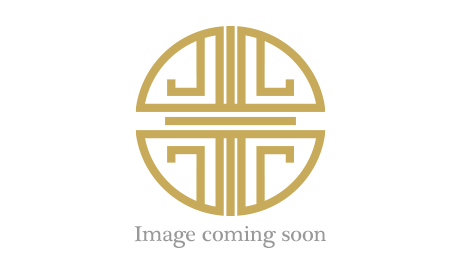From China to the US, Winds Are Shifting - LVMH Bets Big on South Korea's Luxury Future
- 10th Oct 2025
- 1796
- 0

The Global Compass Turns
Luxury's gravitational pull is changing course. Once dominated by China's relentless consumption and America's prestige-driven splendor, the world's luxury map is being redrawn. Amid economic tremors, trade tensions, and a subtle decline in high-end spending across these once-dominant territories, a new cultural and commercial epicenter is emerging in the East - South Korea.
For LVMH, the world's preeminent luxury group, this shift is not a reaction, it's a revelation. The French conglomerate is placing its faith, and its future, in a nation that has turned aesthetics, innovation, and digital sophistication into a global language.
A Turning Point for Global Luxury
The Waning of the Old Powerhouses
The Rise of Korea's Quiet Power
South Korea, meanwhile, has evolved from a trend follower to a global tastemaker. With K-pop's global dominance, K-drama's aesthetic influence, and a consumer culture steeped in refinement, Korea has become luxury's cultural compass. The growing rage of luxury Korean beauty brands exemplifies this shift. Its consumers are not merely aspirational - they are assertive, defining what modern luxury looks and feels like.
Inside LVMH's Korean Renaissance
Flagships That Feel Like Landmarks
In Seoul's glimmering Cheongdam-dong district, Louis Vuitton and Dior are building architectural poetry, multi-story flagships that blur the line between art gallery, atelier, and sanctuary. Each space is designed not to sell, but to seduce - immersive worlds of craftsmanship and culture where luxury becomes experience.

Expanding the Family
LVMH's other icons, from Bulgari to Tiffany & Co., are entering or expanding within South Korea's luxury corridors, each with bespoke experiences crafted for the country's design-conscious clientele. These debuts signal a larger truth, Korea is now a primary stage, not a supporting act. The expansion mirrors Valentino's strategic appointment of leadership for their Japan and Korea business.
Beyond Retail: Crafting Cultural Resonance
This is not a numbers game. LVMH's Korean strategy is rooted in cultural fluency. The maisons are embracing local artistry, partnering with K-pop visionaries, and weaving Korean minimalism into global design codes. The message is clear: true luxury doesn't just exist in culture — it becomes it, as demonstrated by innovative luxury retail concepts in Asia.
Why South Korea Is Luxury's New North Star
A Market That Leads the World
South Koreans are among the most fashion-literate consumers globally. They demand couture-level attention, limited editions, and personalized service. For brands like LVMH, this is an audience that doesn't just consume, it creates the blueprint for global desirability, similar to how visual merchandising shapes luxury retail.
Tourism Meets Taste
Post-pandemic travel has turned Seoul into an Asian luxury magnet, drawing high-net-worth visitors from across the region. A favorable exchange rate and a vibrant luxury retail landscape ensure that Korea's appeal extends well beyond its borders.
Technology and Tradition, Seamlessly Intertwined
Korean shoppers demand omnichannel excellence, digital-first, human-always. From augmented reality previews to influencer-led capsule drops, they expect immersion without compromise. Yet they remain anchored in the artisanal soul of heritage brands, a balance few markets achieve so elegantly, exemplifying the future of luxury retail.
What It Means for the Future of Luxury
Influence Over Inertia

The Competitive Domino
Rival houses are watching closely. Chanel, Hermès, and Gucci are all intensifying their presence, transforming Seoul into a new capital of experiential luxury where storytelling, architecture, and art converge. The competition reflects broader trends seen in innovative pop-up stores by luxury brands.
A Lesson in Modern Luxury
For brands worldwide, South Korea is the new case study in staying relevant:
- Be agile, not arrogant.
- Speak the local language - literally and emotionally.
- Treat luxury not as exclusivity, but as a shared cultural emotion.
Conclusion
As China cools and America redefines its luxury appetite, South Korea stands radiant - the elegant bridge between East and West. It is a country where tradition meets technology, and where heritage meets hypermodernity.
For LVMH, this isn't merely market expansion - it's an evolution of philosophy. The maisons are not chasing consumers; they are chasing connection, much like what makes Louis Vuitton the world's most valuable luxury brand.
And as the winds of luxury shift across continents, one thing is certain: the next chapter of global luxury will be written in Seoul. This represents a broader shift in luxury's traditional French connection toward a more globally distributed model, where major luxury conglomerates must adapt to new cultural powerhouses.
 Pradeep Dhuri
Pradeep Dhuri

Comments
No comments yet.
Add Your Comment
Thank you, for commenting !!
Your comment is under moderation...
Keep reading luxury post